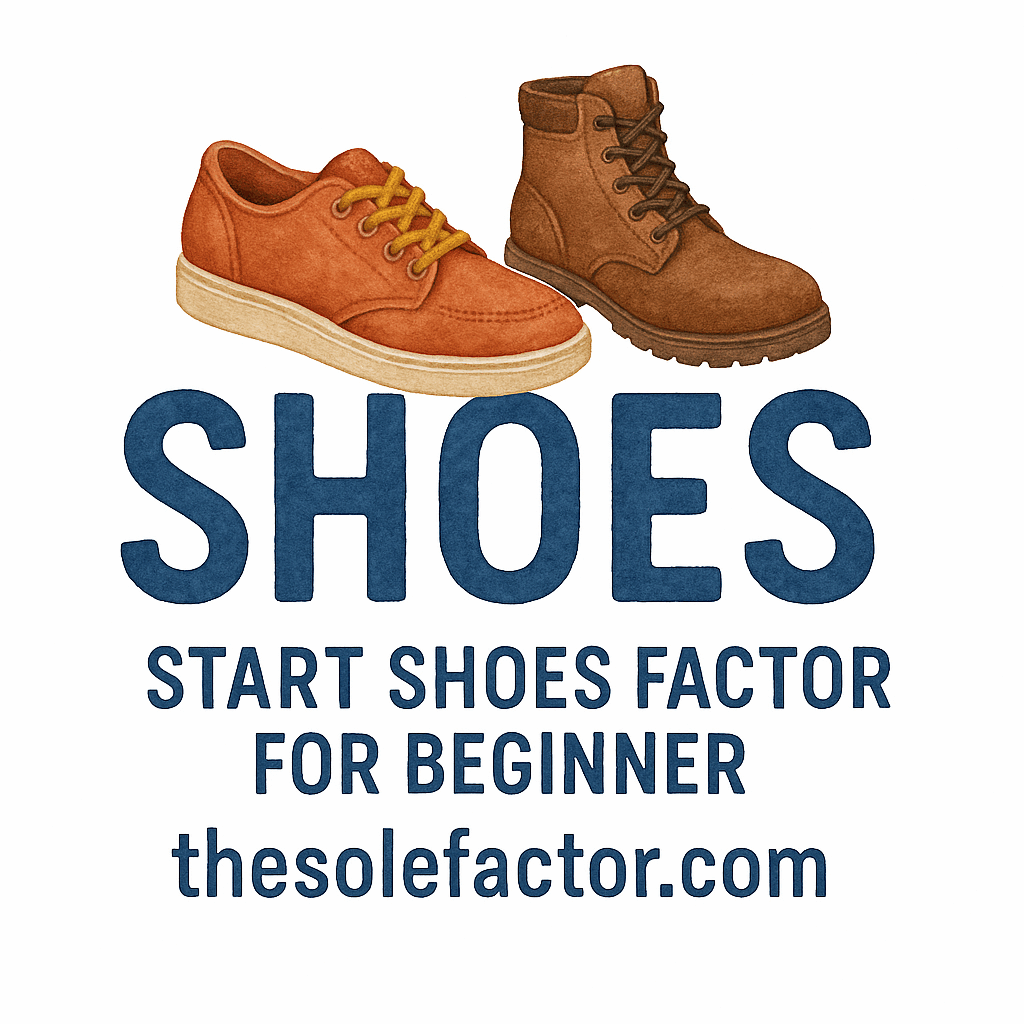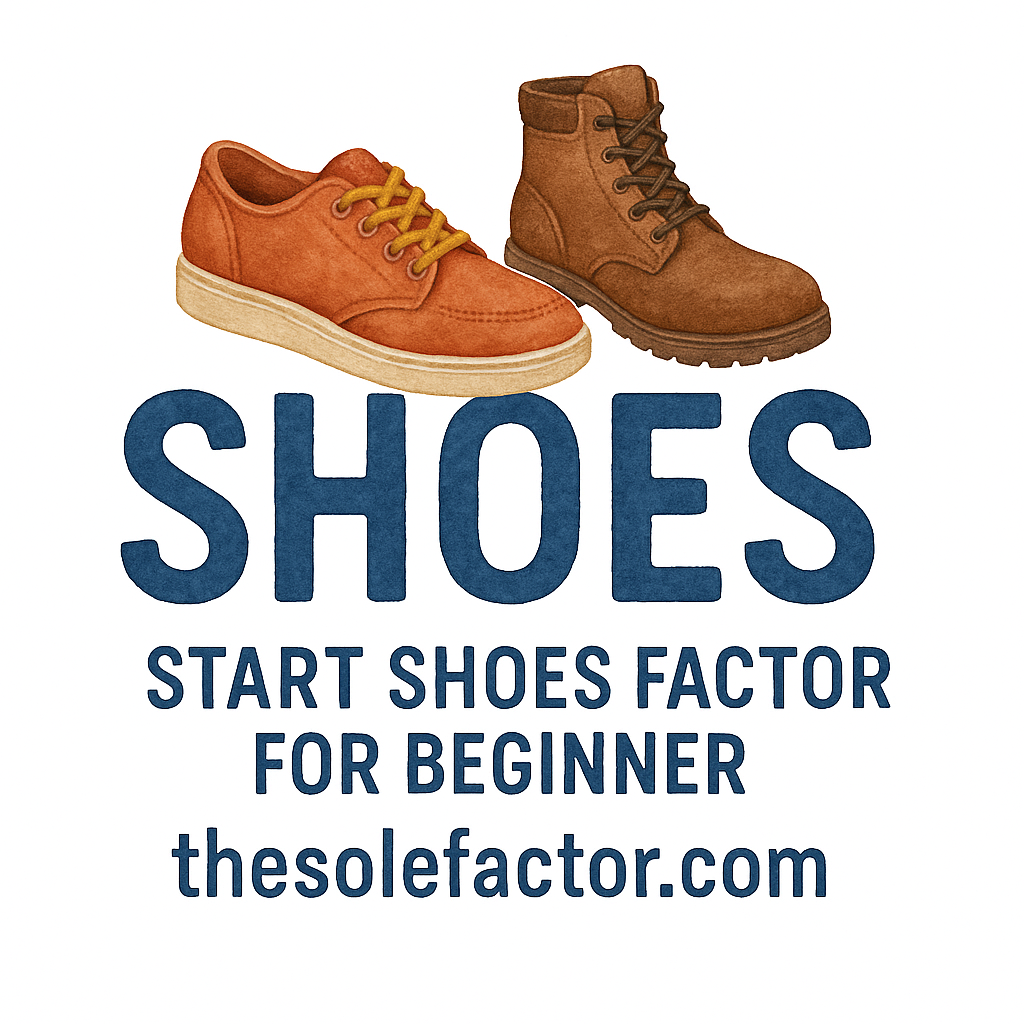Introduction to Cost-Effective Tools in Shoes Manufacturing
In the competitive world of shoes manufacturing, cost-effectiveness is key to maintaining profitability and ensuring long-term sustainability. As businesses face increasing pressure to cut costs without sacrificing quality, investing in the right manufacturing tools becomes crucial. Cost-effective tools not only improve efficiency but also help reduce waste, lower labor costs, and speed up production times.
Why Cost Efficiency Matters in the Footwear Industry
The footwear industry is notorious for its high manufacturing costs, with raw materials, labor, and overhead expenses all playing a significant role in the final price of shoes. In such a landscape, manufacturers who are able to embrace cost-effective solutions gain a significant edge. Reducing costs while maintaining product quality is the secret sauce that allows businesses to remain competitive, especially in an era where customers expect high-quality products at affordable prices.
The Role of Technology in Reducing Manufacturing Costs
Technology plays a critical role in reshaping the landscape of shoe manufacturing. From automating labor-intensive processes to improving product precision, modern tools allow manufacturers to keep costs down. Embracing the right technology can unlock savings that help businesses thrive in a highly competitive market.
Top 8 Cost-Effective Tools for Shoes Manufacturing
1. Automated Cutting Machines
Automated cutting machines are one of the most revolutionary tools in the footwear manufacturing world. These machines precisely cut materials like leather, fabric, and synthetic fibers, which reduces human error and waste.
Benefits of Automated Cutting Machines
Automated cutting machines offer several advantages. Not only do they reduce the need for manual labor, but they also increase the speed and accuracy of the cutting process. With minimal material waste, manufacturers can significantly reduce costs while maintaining product quality. As a result, businesses are able to increase production volumes and meet customer demand faster.
If you’re interested in more about cutting-edge equipment for footwear manufacturing, check out this article on Production Equipment.
2. Computerized Stitching Machines
Computerized stitching machines have made a massive difference in how shoes are stitched. Unlike traditional manual stitching, these machines allow for more intricate designs and better consistency across products.
Why You Should Invest in Computerized Stitching Machines
Computerized stitching machines ensure precision stitching, reduce errors, and maintain uniformity across all shoes produced. This is especially important for high-end products where consistency is crucial. These machines can also be programmed to stitch multiple designs, which makes them versatile for different styles and patterns.
For businesses looking to streamline operations, understanding the importance of machinery is essential. Learn more in this article on Operations Finance.
3. Injection Molding Machines
Injection molding is a popular method for producing shoe soles. It involves injecting molten materials like rubber or plastic into a mold, which is then cooled to create the desired shape.
How Injection Molding Machines Save Money
Injection molding machines can help manufacturers produce shoe soles at a faster rate and with minimal waste. They are especially useful for mass production, as they can produce thousands of soles with the same mold, reducing costs per unit. The efficiency and precision of this tool make it a must-have for businesses looking to scale production without increasing costs.
Want to know more about production and equipment? Visit Shoes Factory Basics.

4. 3D Printing for Shoe Prototypes
The emergence of 3D printing has revolutionized the way shoe prototypes are made. It allows manufacturers to create detailed prototypes in hours, rather than days or weeks.
The Future of Footwear with 3D Printing
3D printing enables manufacturers to rapidly prototype shoe designs without the need for traditional molds. This speeds up the R&D phase and saves money on the initial design process. Plus, it allows for customization and experimentation with new materials, ensuring that manufacturers stay ahead of trends.
Check out Shoe Design Trends to stay updated on the latest in footwear design.
5. Digital Pattern Makers
Digital pattern makers are essential tools for producing accurate shoe patterns. By digitizing traditional methods, manufacturers can quickly create, edit, and replicate patterns to speed up the production process.
Precision and Speed in Design Creation
These tools allow designers to create precise shoe patterns that can be used for both small and large-scale productions. With digital pattern makers, shoe manufacturers can ensure their designs are accurate, reducing waste and minimizing errors.
Want to dive deeper into the world of shoe design? Visit this link on Branding.
6. Shoe Lasting Machines
Lasting is the process of shaping a shoe to fit the mold of the foot, and a shoe lasting machine plays a central role in this process. These machines ensure the shoe retains its shape, while also improving fit and comfort.
The Role of Shoe Lasting Machines in Reducing Waste
Using a shoe lasting machine reduces the amount of wasted material, ensuring that every piece of fabric, leather, or other material is used effectively. This tool can help manufacturers achieve a better product fit while minimizing material costs.
Explore more about factory basics in Shoes Factory Basics.
7. Automated Shoe Assembly Line Systems
Automated shoe assembly line systems have taken over many manual tasks, speeding up the entire manufacturing process.
Optimizing Productivity with Automated Assembly
By streamlining the shoe assembly process, these systems reduce the need for manual labor and enhance the overall production speed. This automation also increases accuracy and reduces errors, ultimately lowering the cost of production.
Want to learn more about operations and finance? Check out Operations and Finance.
8. Industrial Sewing Machines
Industrial sewing machines are designed for heavy-duty tasks, allowing manufacturers to sew large volumes of shoes quickly and efficiently.
Key Benefits of Modern Industrial Sewing Machines
These machines can stitch through various materials like leather, synthetic fabrics, and rubber, ensuring that every component of the shoe is securely stitched. Modern industrial sewing machines are also designed for ease of use, ensuring that manufacturers can maintain high levels of productivity without compromising on quality.
For more information on operations, check out our Production Equipment.
How to Choose the Right Tool for Your Manufacturing Needs
Budgeting for Tools and Equipment
Before investing in any tools, it’s essential to budget and determine which tools will deliver the best return on investment. Be sure to consider not only the initial cost but also long-term savings, such as reduced labor costs and lower material wastage.
Considering the Scale of Your Operations
For small manufacturers, some tools may be cost-prohibitive, while larger manufacturers may need more advanced machinery to keep up with high demand. Understanding your company’s scale will help you make the right choices.
Conclusion: Streamlining Your Shoe Manufacturing Process
Investing in the right cost-effective tools is crucial for streamlining your shoe manufacturing process. From automated cutting machines to industrial sewing machines, these tools help improve efficiency, reduce waste, and cut overall costs, ultimately allowing manufacturers to increase profitability.
Final Thoughts on Investing in Cost-Effective Tools
Remember that while initial costs can be high, investing in advanced manufacturing tools can save you money in the long run. Efficiency, accuracy, and reduced waste are key to staying competitive in the footwear industry.
Frequently Asked Questions (FAQs)
- What are the most cost-effective tools for shoes manufacturing?
Automated cutting machines, computerized stitching machines, and injection molding machines are among the most cost-effective tools. - How does 3D printing reduce manufacturing costs?
3D printing allows for rapid prototyping and eliminates the need for expensive molds, speeding up the design process and reducing initial investment costs. - What is the role of a shoe lasting machine?
A shoe lasting machine helps shape the shoe, ensuring better fit and comfort while minimizing material waste. - Why is automation important in footwear manufacturing?
Automation speeds up production, reduces human error, and increases overall efficiency, helping manufacturers lower costs. - Can small businesses afford automated machinery?
Yes, many modern machines are designed to be more affordable for small businesses, offering scalable solutions. - How do computerized stitching machines improve shoe quality?
They provide precise, consistent stitching, ensuring high-quality shoes without the variations seen in manual stitching. - What are the long-term benefits of investing in manufacturing tools?
In the long run, investing in advanced tools reduces waste, improves productivity, and lowers labor costs, boosting profitability.


